I had the pleasure of visiting three libraries with impressive music collections in Munich a couple of weeks ago: the Bayerische Staatsbibliothek, the Hochschule für Musik und Theater, and the Münchner Stadtbibliothek. This was made possible thanks to financial support from Bibliothek & Information International (BI-International), the standing committee of Bibliothek & Information Deutschland – the Federal Association of German Library and Information Associations – “for the promotion of international professional exchange“. Grants are available for professional visits, group study excursions and attendance at congresses. I warmly recommend interested colleagues to take advantage of this opportunity for further training. I have had the privilege of making many study visits during my thirty years as a music librarian and have taken part in several exchange programmes. It has always been an inspiring experience.
My first study visit was to the Bayerische Staatsbibliothek (BSB). A second report about my visit to the Münchner Stadtbibliothek will follow shortly. Then, since I will be lucky enough to spend a whole week at the Hochschule für Musik und Theater at the end of April 2018, I decided that I would rather share my impressions from that visit with you in the late spring.
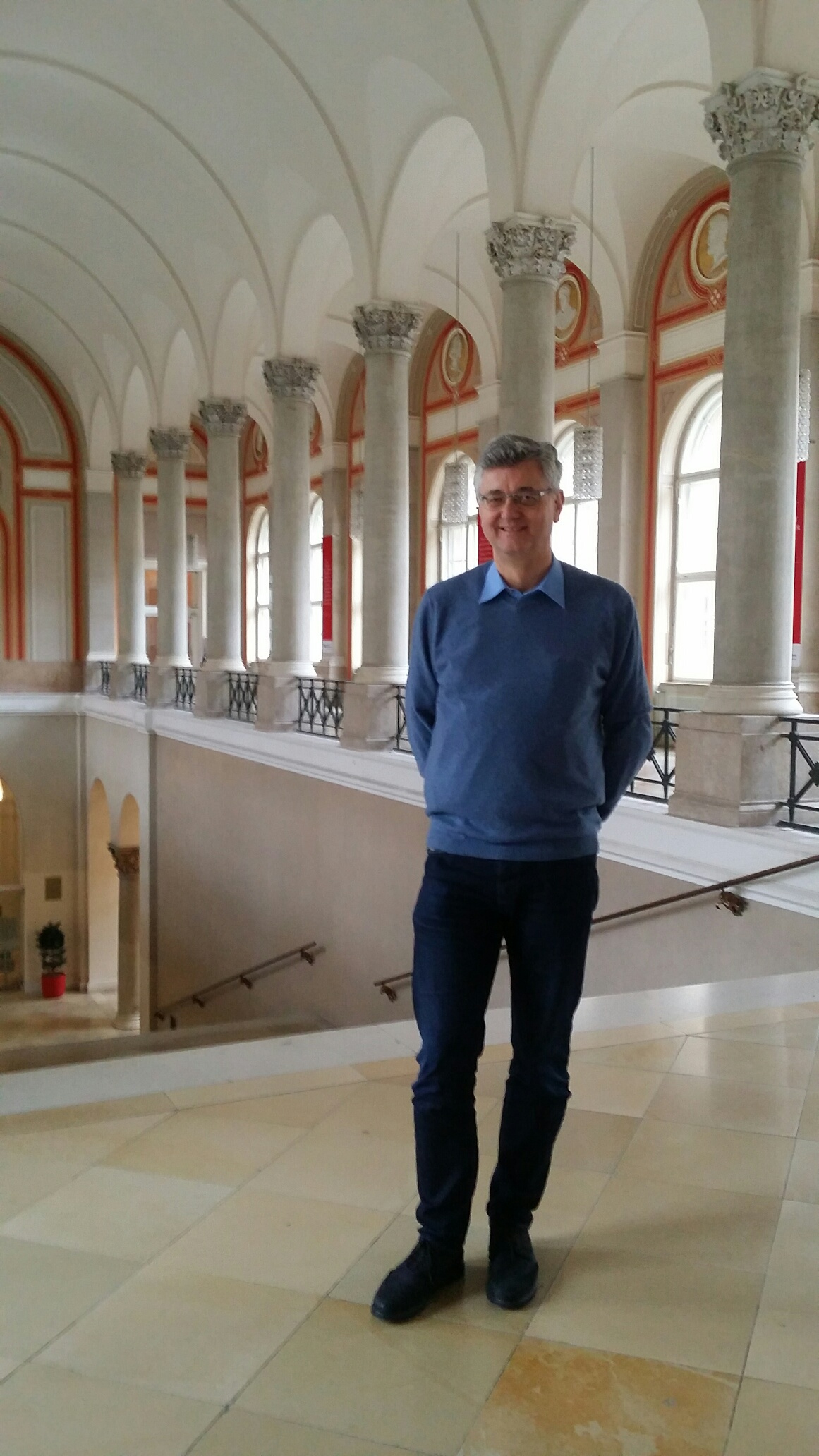
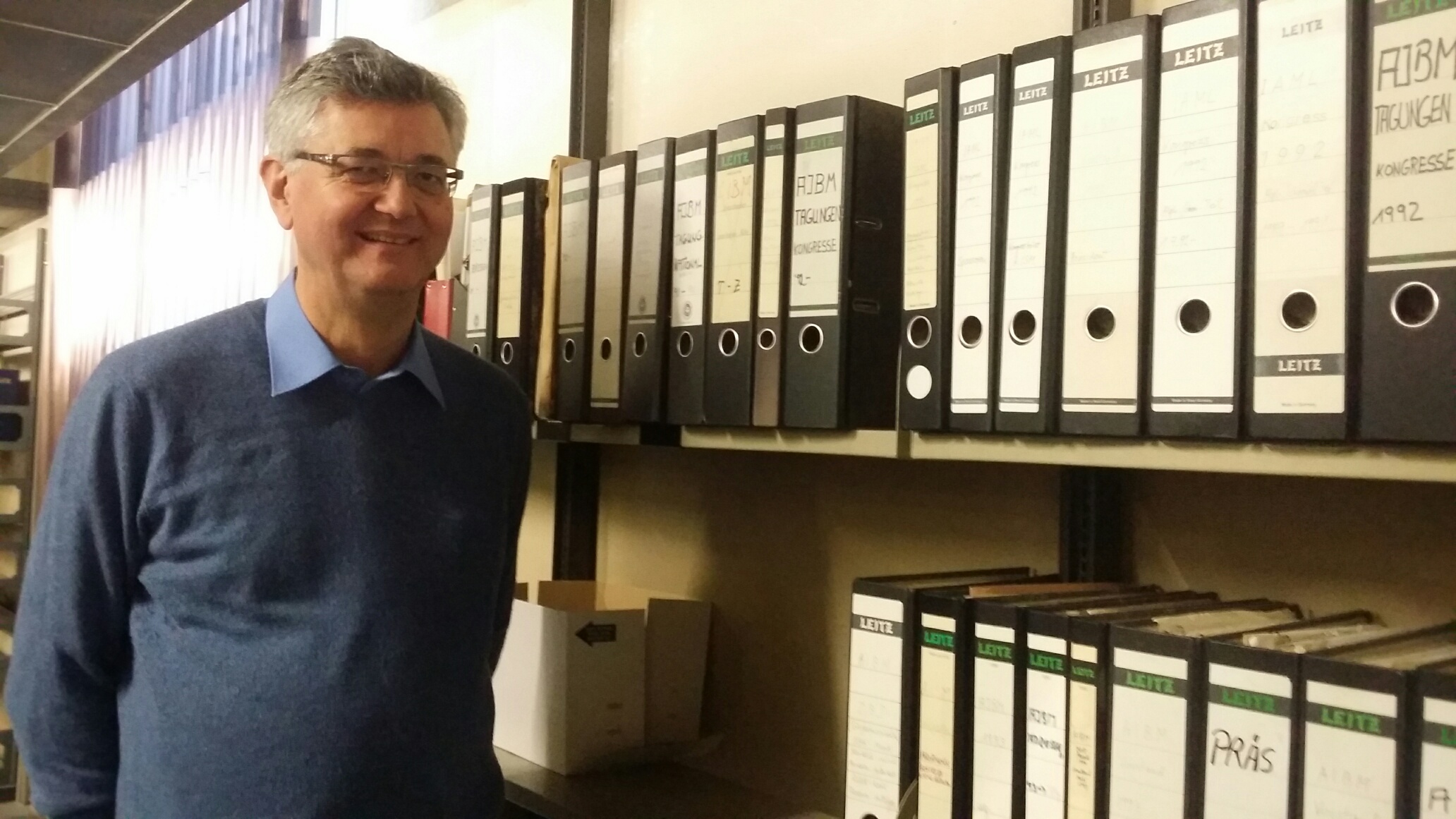
The Deputy Head of the Bayerische Staatsbibliothek (Bavarian State Library) Music Department Jürgen Diet, a IAML member known to many of you, had a well-prepared schedule for my one-day visit). The visit started with a kind welcome by the Head of the Music Department, Reiner Nägele. After that Jürgen Diet gave me a guided tour of the library, built at the beginning of the 19th century on the grand Ludwigstrasse. Several experts then told me about different aspects of the work of the department: acquisition of rare materials, bequests and new publications; digital collections and digitization projects; RISM and more. Altogether twenty-four people work at the music department, ten of them externally funded.
The BSB was founded in 1558 as the Hofbibliothek von Herzog Albrecht V. The systematic acquisition of music manuscripts and printed music started just twenty-five years after that. The Music Department now ranks among the world's leading music libraries. The rich historic collections are not only large and important, but also contain many unique items.
The library holds autograph manuscripts that include Mahler’s symphony number 8, Richard Strauss's Till Eulenspiegel, Carl Orff’s Carmina Burana and choir books by Orlando di Lasso. Last but not least, the BSB owns a manuscript of the Nibelungenlied (inscribed on UNESCO’s Memory of the World Register ). Most fortunately, the music collections suffered no losses from allied bombing during the Second World War. The Music Department regularly arranges so-called Werkstatt-Konzerte (“workshop concerts”) in collaboration with the Hochschule für Musik und Theater, to perform music from the collections.
The library currently holds: 455,549 copies of printed music, 73,089 manuscripts, 330 “Nachlässe” (bequests of collections of music, notes, correspondence etc.), 95,260 phonograms, 154,122 books on music, 1,463 subscriptions for current music journals and 200 subscriptions for music databases (figures from the 2016 annual report). As well as adding to the older collections, there is also an ambitious acquisition plan for contemporary music. BSB buys 4-6,000 books on music each year. The Bavarian legal deposit law for books and journals has been in force since 1663 and for printed music since 1863. Two copies of every printed work published in Bavaria are submitted to the BSB on a regular basis.
One outstanding recent acquisition was a large portion of the historic archive of B. Schott's Söhne, Mainz, purchased in 2014 (most of the remainder was acquired by the Staatsbibliothek zu Berlin). Eight BSB employees, funded by the German Research Foundation, are working on digitization and cataloguing of 60,000 music prints, 20,000 manuscripts and 850,000 letters, with more job openings in 2018. The estimated time for finishing this task is 12-15 years.
The Music Department has a special assignment to purchase literature, printed music, and databases in the area of musicology - “Fachinformationsdienst Musikwissenschaft” (Specialized Subject Service Musicology). This has been financed by the Deutsche Forschungsgemeinschaft (the German Research Foundation) since 1949. The assignment concerns printed as well as electronic material with responsibility for long-term preservation. The funding amounted to EUR 165,940 in 2016.
One specific ongoing project within the Specialized Information Services Musicology is “ViFaMusik” – a portal for music and musicology with a single search engine for scholarly research, online resources and bibliographical as well as full–text data.
The Music Department at the BSB is also the location of one of the two offices of the RISM working group in Germany (the second office is located in Sächsische Landesbibliothek – Staats- und Universitätsbibliothek Dresden). In addition, together with the Staatsbibliothek zu Berlin (the State Library of Berlin) in cooperation with the RISM Zentralredaktion in Frankfurt it operates and develops the data server and the online catalogue.
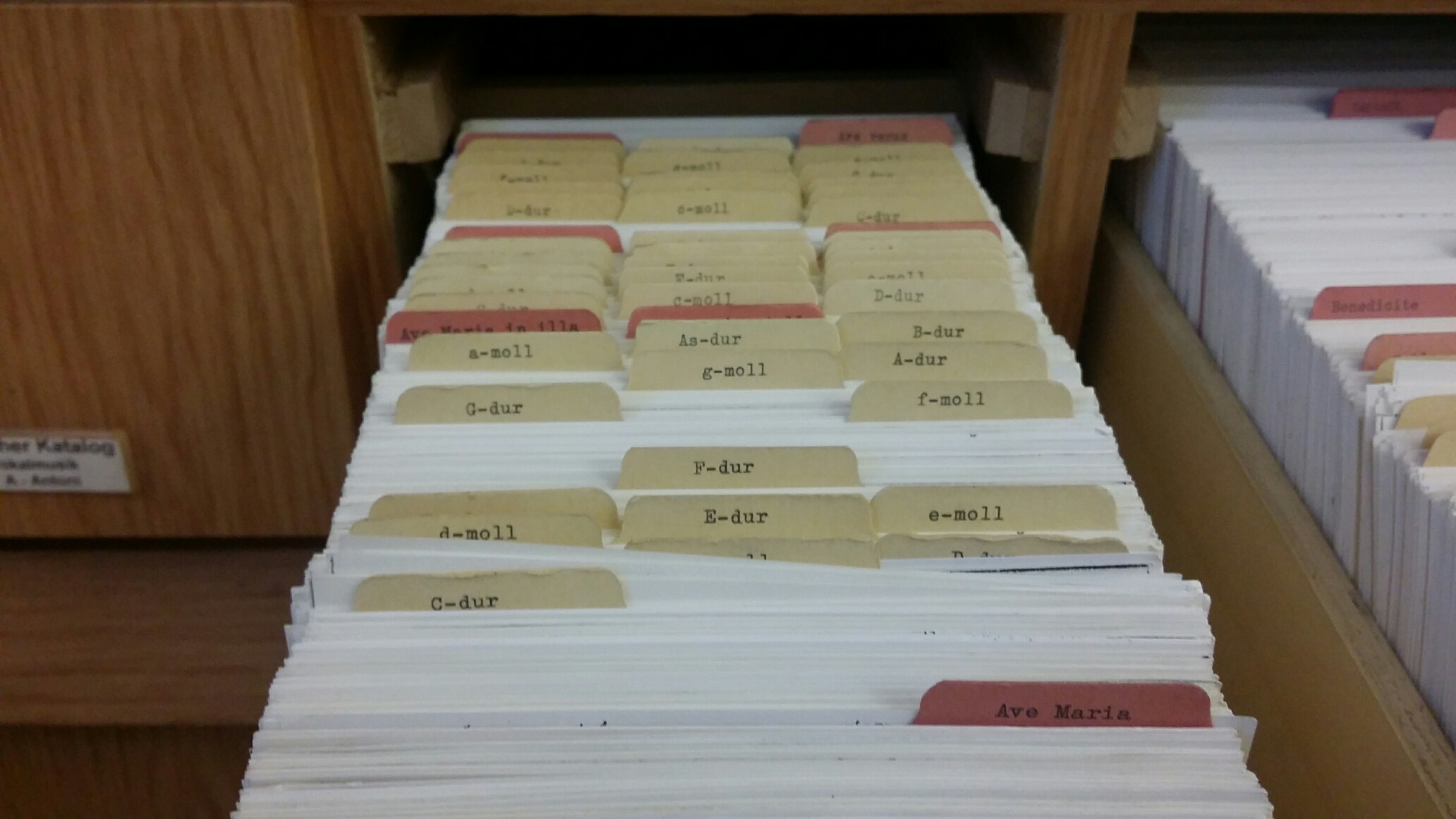
The main reason for my study visit to BSB was to learn about the many digitization projects with regards to music. Das Münchener Digitalisierungszentrum (The Munich Digitization Centre; MDZ) is a section of the Collection Development and Cataloguing Department. The Centre is housed in the library building and provides one of the largest and fastest growing digital collection in Germany. It is also responsible for conservation matters and long–term archival preservation. MDZ has digitized large parts of BSB’s music manuscripts, choir books, part books and handwritten tablatures from the 15th to the middle of the 17th century, printed music from the 16th and 17th centuries, libretti (“the Her Collection”), opera scores from the 18th century and more.
Apropos the part books, I was impressed by the “Stimmbuch-Viewer” developed at the BSB. Thanks to an ingenious technical solution, the digitized part books can be viewed at the same time (like in a choir book). With one click all pages turn simultaneously, which facilitates the reading and studying of the music.
Jürgen Diet touched on many other topics that I will only mention, or this report will be much too long: the forthcoming revised version of RDA; the Library Research Model (LRM) – a new standard by IFLA; the “Triple–I F standard”; Optical Music Recognition; long–term archiving etc.
I would like to thank Jürgen Diet for his hospitality and a very instructive and interesting day. I recommend reading his article “Digitization and Presentation of Music Documents in the Bavarian State Library” in Fontes Artis Musicae, July-September 2014 (61/3).
The following useful list of URLs was compiled by Jürgen Diet:
- Homepage of BSB: https://www.bsb-muenchen.de/
- Music Department: https://www.bsb-muenchen.de/en/collections/music/ and https://www.bsb-muenchen.de/en/about-us/head-office-departments/music/
- Projects in Music Department: https://www.bsb-muenchen.de/en/collections/music/projects/
- Wunschbuch-Service: https://www.bsb-muenchen.de/sammlungen/musik/fachinformationsdienst/wunschbuch/
- Stimmbücher-Viewer: http://stimmbuecher.digitale-sammlungen.de/
- ViFaMusik: https://www.vifamusik.de/startseite/ (German), and https://www.vifamusik.de/en/about-us/ (English)
- Tilly-Fleischmann-Book: https://www.vifamusik.de/themenportale/auffuehrungspraxis-und-interpretationsforschung/online-ressourcen/
- Fachinformationsdienst Musikwissenschaft: https://www.bsb-muenchen.de/ueber-uns/projekte/fachinformationsdienst-musikwissenschaft/
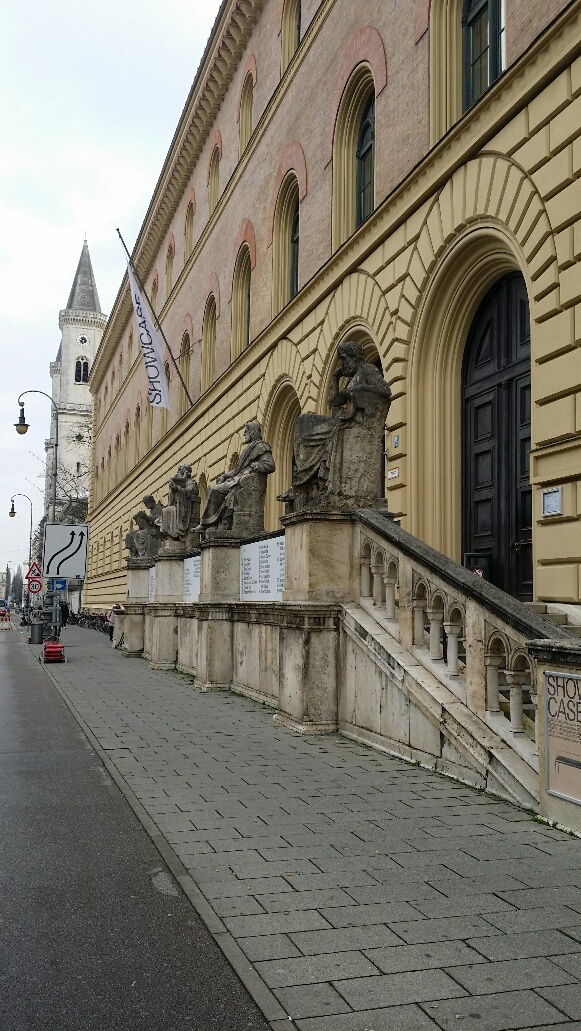
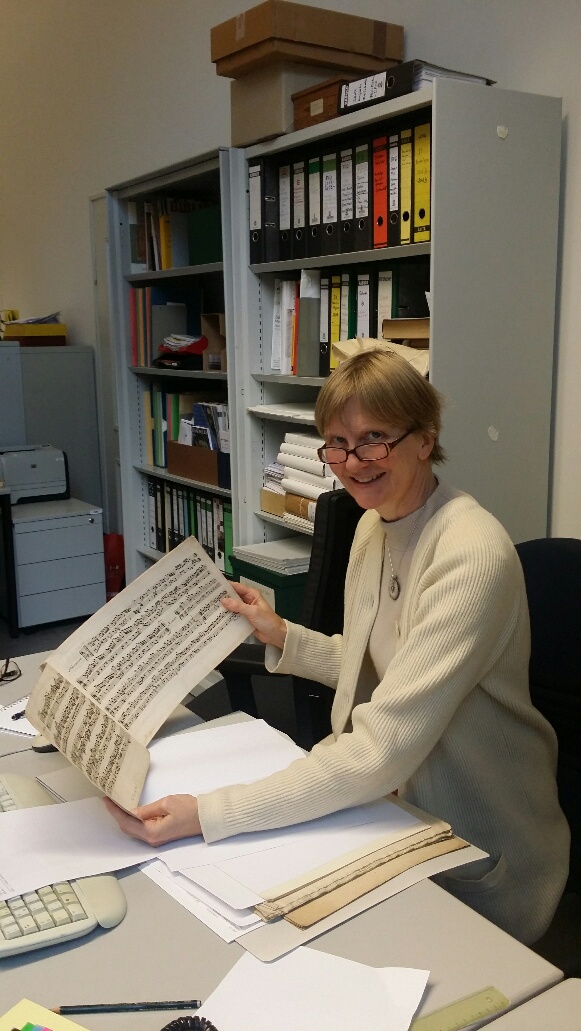

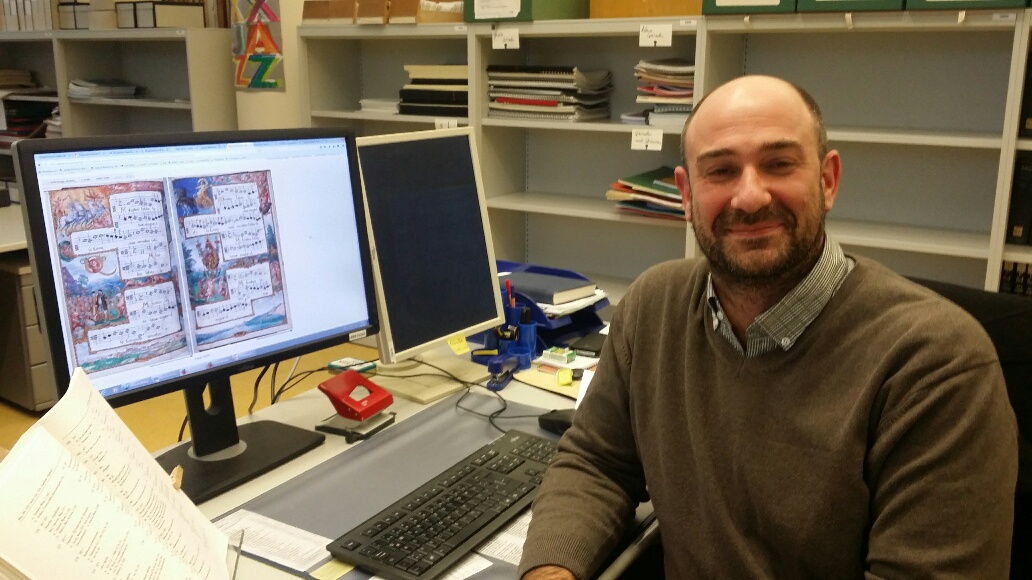
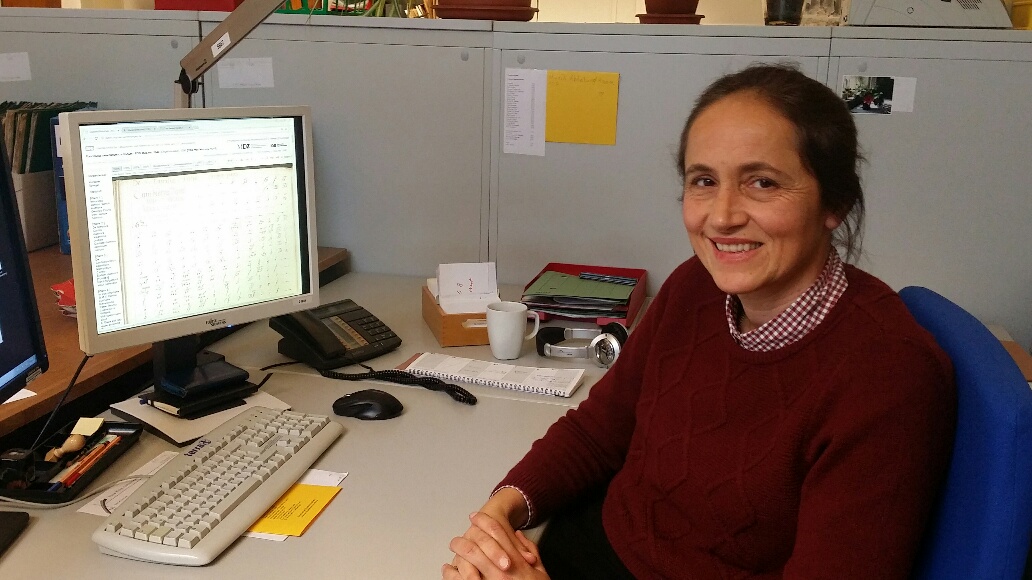

- Facebook Like
- Share on Facebook
- Log in to post comments

